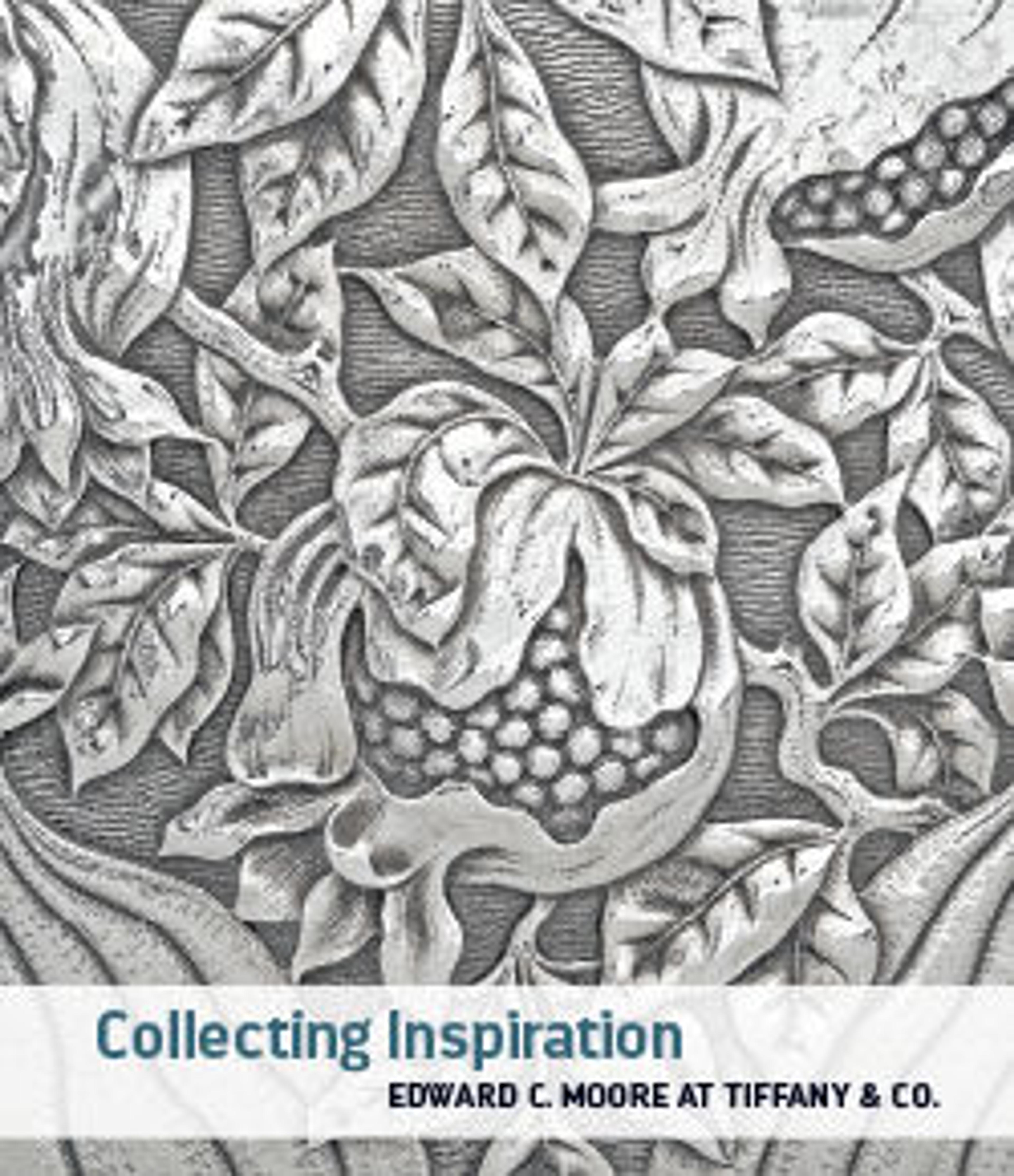Dragon-Handled Jug with Inscription
Artwork Details
- Title: Dragon-Handled Jug with Inscription
- Date: early 16th century
- Geography: Attributed to present-day Afghanistan, probably Herat
- Medium: Brass; cast and turned, engraved, and inlaid with silver, gold, and black organic compound
- Dimensions: H. 5 5/8 in. (14.3 cm)
Max. Diam. 6 1/8 in. (15.6 cm)
Diam. of Rim: 3 3/8 in. (8.6 cm)
Diam. of base: 5 1/2 in. (14 cm) - Classification: Metal
- Credit Line: Edward C. Moore Collection, Bequest of Edward C. Moore, 1891
- Object Number: 91.1.607
- Curatorial Department: Islamic Art
Audio
6706. Dragon-handled Jug with Inscription
MARYAM EKHTIAR: This potbellied jug is a common form that is found in Central Asia around the 15th century… and the handle is in the shape of a dragon. The inscription on the collar there is an inscription. The inscription.. is a call to Ali… And Ali was a champion of the Shiites as well as the so-called… “Fourth Rightly Guided Caliph.” The Rightly Guided Caliphs were successors to the Prophet. And the inscription reads, "Call Ali, the revealer of miracles. You will find him a comfort to you in moments of crisis. Every care and sorrow will pass through your divine companionship. Oh, Ali, oh, Ali, oh, Ali."
SHEILA CANBY: It's very interesting to find that inscription, which is very forcefully Shi'i, on this jug, which is of a type that was popular before the Safavids came to power in Iran. And it suggests that this was made shortly after 1511, when they came to power in Herat, and at a time when not everybody had been converted to Shiism, but it was in the air.
MARYAM EKHTIAR: The Sunnis also revered Ali as well, so this could have been commissioned by a Sunni or a Shiite patron. …And also, the decoration reminds us of manuscript illumination.
SHEILA CANBY: It's very much a piece of its time. And the interesting thing is the inscription makes us think that it's also a piece of that transition from one great dynasty to the next, in the Iranian world.
More Artwork
Research Resources
The Met provides unparalleled resources for research and welcomes an international community of students and scholars. The Met's Open Access API is where creators and researchers can connect to the The Met collection. Open Access data and public domain images are available for unrestricted commercial and noncommercial use without permission or fee.
To request images under copyright and other restrictions, please use this Image Request form.
Feedback
We continue to research and examine historical and cultural context for objects in The Met collection. If you have comments or questions about this object record, please contact us using the form below. The Museum looks forward to receiving your comments.
